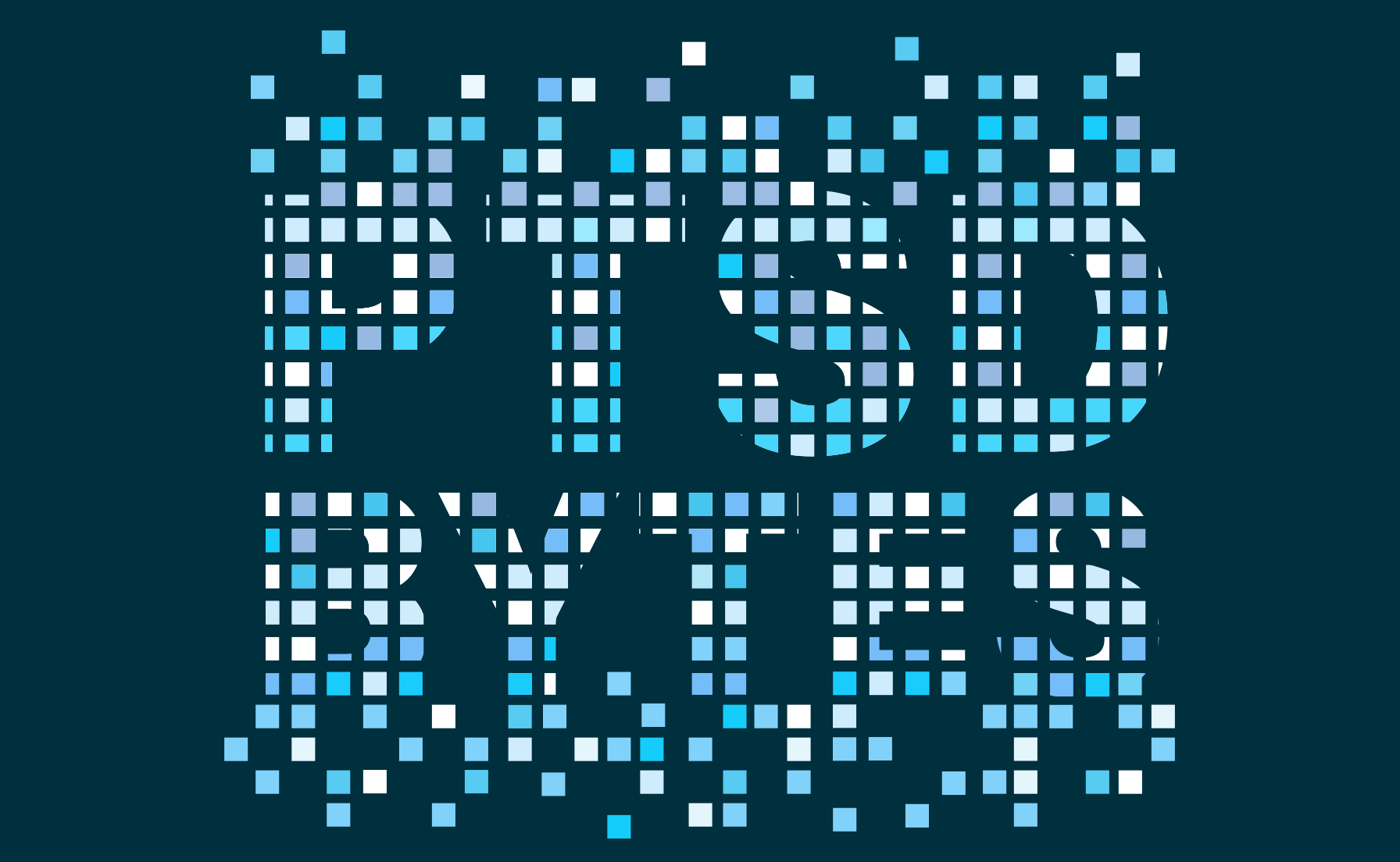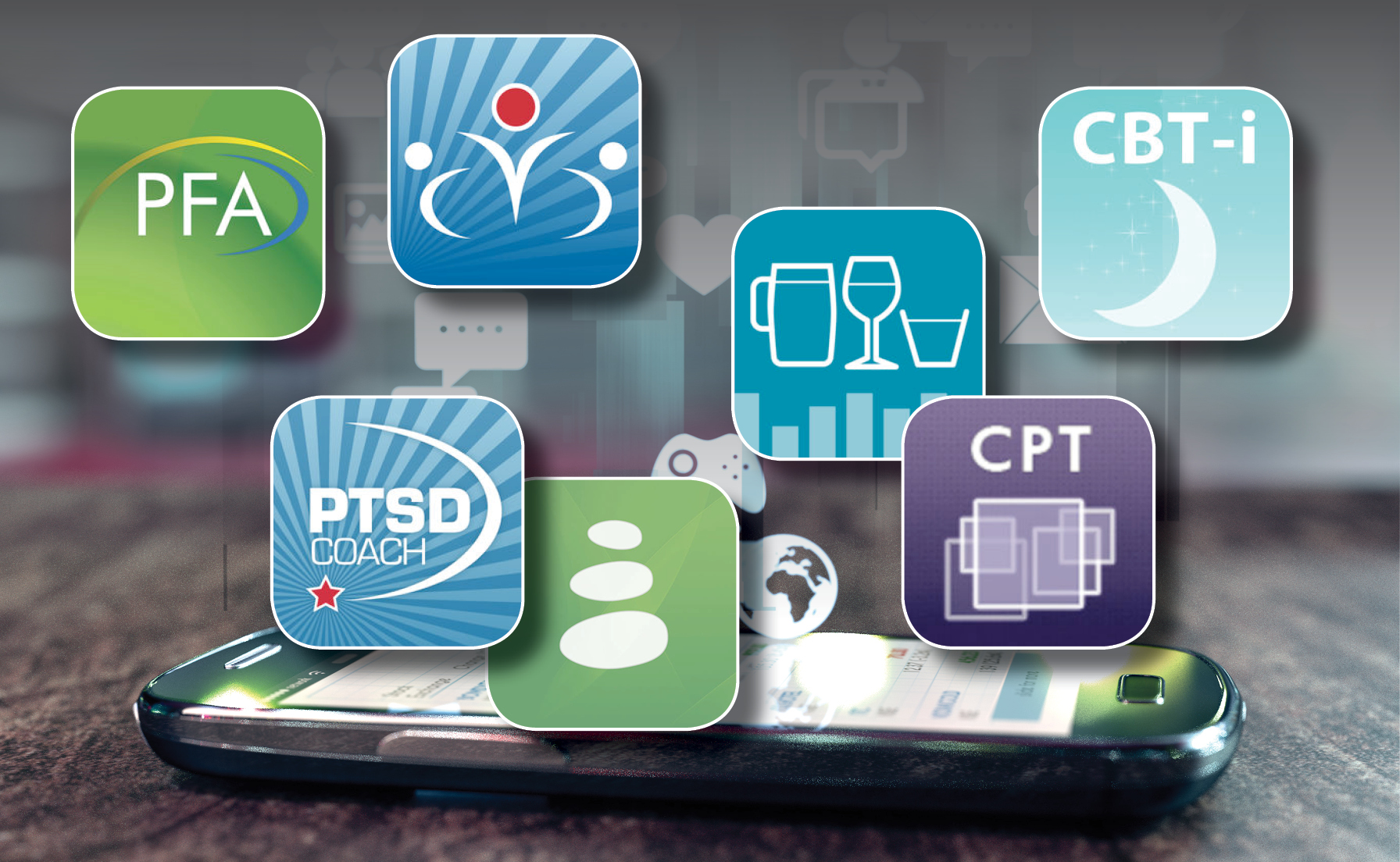PTSD: National Center for PTSD
Chronic Pain and PTSD
Chronic Pain and PTSD
Chronic pain is pain that lasts a long time. When you have pain for months or years it can affect your daily life and emotional health. Learn how chronic pain and PTSD can be related, often making the symptoms of each worse. There are effective treatments for PTSD and ways to manage chronic pain that can help.
Reading time: minutes
What is chronic pain?
Chronic pain is pain that lasts longer than expected for a given injury or may have an unknown cause. This differs from acute pain that comes on quickly after an injury and lasts a short time as you heal. Some people get chronic pain from normal wear and tear of the body or from aging. Others have chronic pain from various types of cancer, or other chronic medical illnesses. In some cases, chronic pain may be from an injury that happened during an accident or an assault. But this pain may continue even after the injury is healed. Unfortunately, medical science is limited at this time, in its ability to cure or completely resolve chronic pain. This means that those living with chronic pain are tasked with working with their providers to try to manage this pain, while still living their lives to the extent they are able.
Understandably, when you have chronic pain that lasts more than 3 to 6 months, you may find yourself wanting to rest or avoid movements because of pain. This can become a cycle where you aren't as active as you were and begin to lose fitness. Losing muscle tone can then increase pain. You also might avoid activities you used to enjoy, either due to fear of having more pain, or because you just don't feel like yourself with pain and it's hard to really engage with people and things you used to care about. This cycle may leave you feeling worried about being able to find relief or sad about how the pain impacts your daily life. So, chronic pain may affect your social well-being, as well as your mental and physical health.
The good news is that this cycle can also be changed. It is important to clarify with a doctor that it is safe to exercise and be active. Once you have done that, the pain cycle can be changed by gradually increasing movement and engaging in activities that you enjoy or used to enjoy. This can also help your brain to learn how to re-engage in your life, even in the presence of ongoing pain, which can be incredibly challenging but also very meaningful.
How common is chronic pain with PTSD?
Chronic pain is common and affects 1 in every 5 Americans (or 20% of adults in the U.S.). Veterans are more likely to have chronic pain than those who did not serve in the military.
It is also common for people who have PTSD to have chronic pain. Many of the traumatic events that could lead to PTSD — serious accidents, physical or sexual assault, disaster, or combat — could also cause injuries. Not all injuries from these traumatic events lead to chronic pain, however.
How might chronic pain and PTSD affect each other?
If you have chronic pain and PTSD, it can make each condition worse. This is not always the case, but here are some examples of how PTSD and pain may impact one another.
- If the same traumatic event led to chronic pain and PTSD, the pain may be a reminder of the trauma, increasing PTSD symptoms.
- The experience of anxiety and PTSD may make you alert for danger. With PTSD this often means noticing things around you that seem dangerous. When you also have chronic pain, this can make it easier to notice physical sensations inside your body, such as pain or a racing heartbeat.
- Both PTSD and chronic pain can lead to sleep problems. You may have nightmares or restlessness from PTSD. Pain may make it difficult for you to feel comfortable lying down. The lack of sleep can leave you overtired, frustrated, and less able to cope.
- Both avoiding reminders of a trauma (from PTSD) and trying to minimize pain can lead you to be less social and less active. If you become isolated, it can affect your mood and quality of life. For example, you might be more likely to get stuck on negative thoughts, repeating them over and over when you have too much time on your hands.
- Both chronic pain and PTSD symptoms can leave people with a sense of loss of control. Some people report that when their mood or anxiety is worse from their PTSD, their pain feels worse on those days. Similarly, some people report that when they are having pain flares, their PTSD symptoms are worse.
It is possible that you may not realize a connection between your chronic pain and PTSD, if they are related. And even if they do not stem from the same traumatic event, it is important to talk with your health care provider about your symptoms so you can discuss treatment options.
What treatments are available if you have chronic pain and PTSD?
There are effective treatments for PTSD , including trauma-focused talk therapies. There are also treatments for chronic pain, which may focus on improving your quality of life if the pain cannot be fully resolved. When you have both PTSD and chronic pain, you will work with different health care providers to manage each problem. This can be done by treating one concern (PTSD or chronic pain) at a time or by treating them both at the same time (with different providers). We are learning more about integrated treatments for chronic pain and PTSD, where one or multiple providers work with you to address both problems at the same time, with attention to how they impact one another.
Medications can also be used for PTSD treatment (including some antidepressants) and trauma-focused talk therapy is even more effective. Pain medications can also be used for chronic pain. We know now that opioids do not cure pain and they typically work less well the longer you take them. Further, there is a risk of addiction with opioids, especially if you take them for a more than a short time. Be sure to talk with your health care providers about the best options for your care long-term.
Summary
Both chronic pain and PTSD can impact your daily life and if you have both, they can make each other worse. There are effective treatments for PTSD and ways to manage chronic pain. Whether you choose to focus on treatment for chronic pain or PTSD one at a time or both at the same time, it is important that your health care providers know that you are experiencing both so they can coordinate your care. For additional support, the PTSD Coach and Pain Coach mobile apps may help you manage symptoms.
You May Also Be Interested In


























